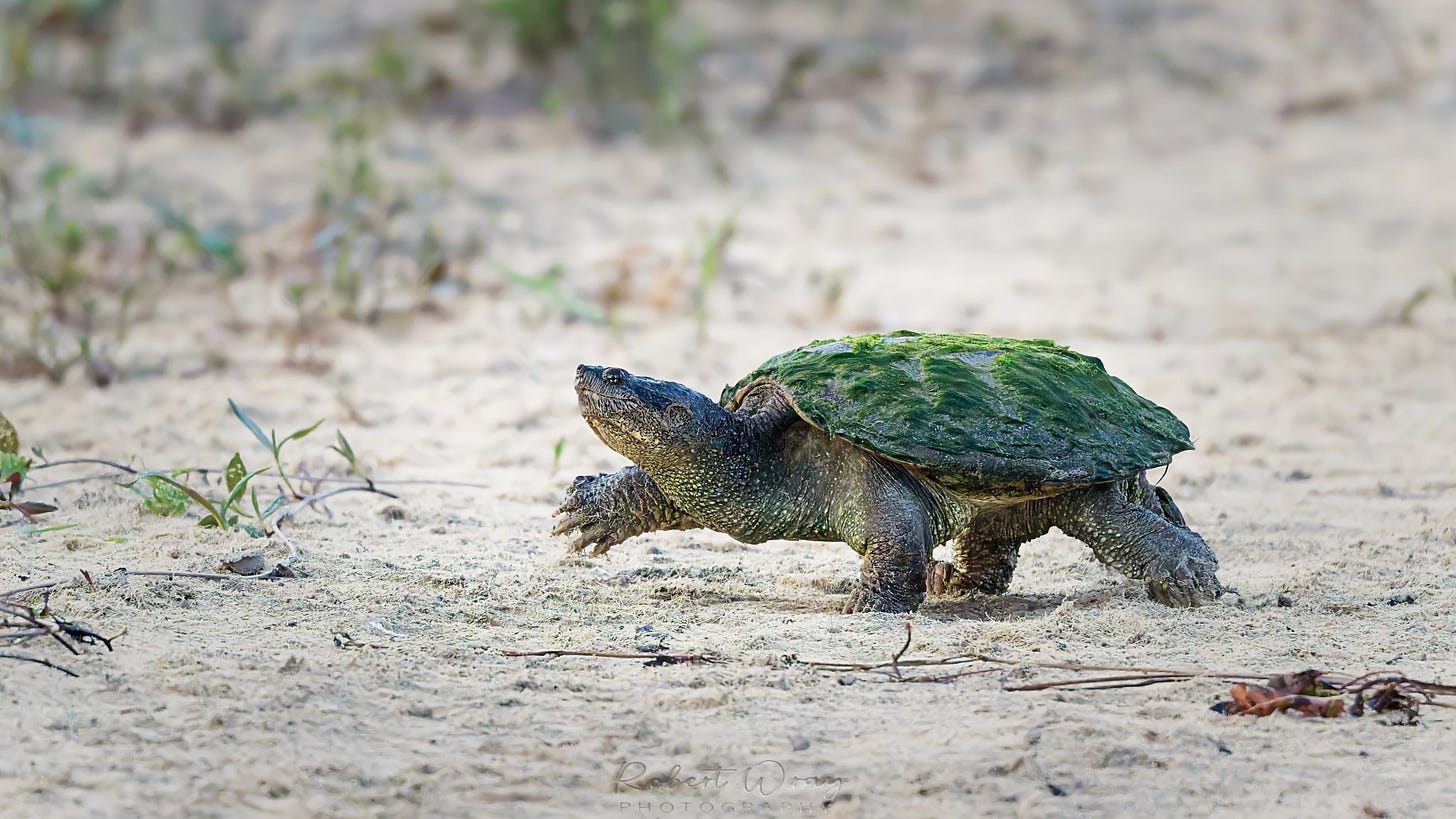Owen Sound Field Naturalists: Monarch Tagging, Bird Migration, and Fall’s First Goldenrods
Local naturalist John Dickson shares late-summer highlights from Grey and Bruce, including monarch tagging, bird banding, Peregrine Falcon sightings, and the bounty of a mast year.
COMMUNITY CONTRIBUTION
The Owen Sound Field Naturalists Club (OSFN) is getting busier now, with various hikes taking place and monthly speaker events starting on September 11 at 7 p.m. Acclaimed author and artist Allen Smutylo will be the first guest of the sea…
Keep reading with a 7-day free trial
Subscribe to The Owen Sound Current to keep reading this post and get 7 days of free access to the full post archives.




